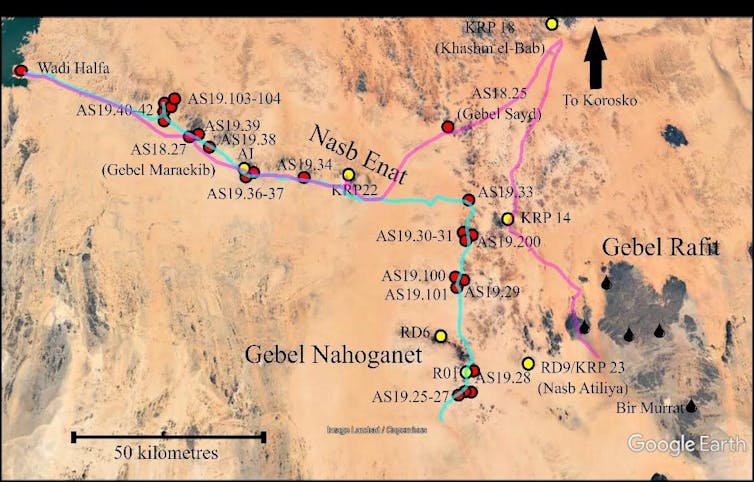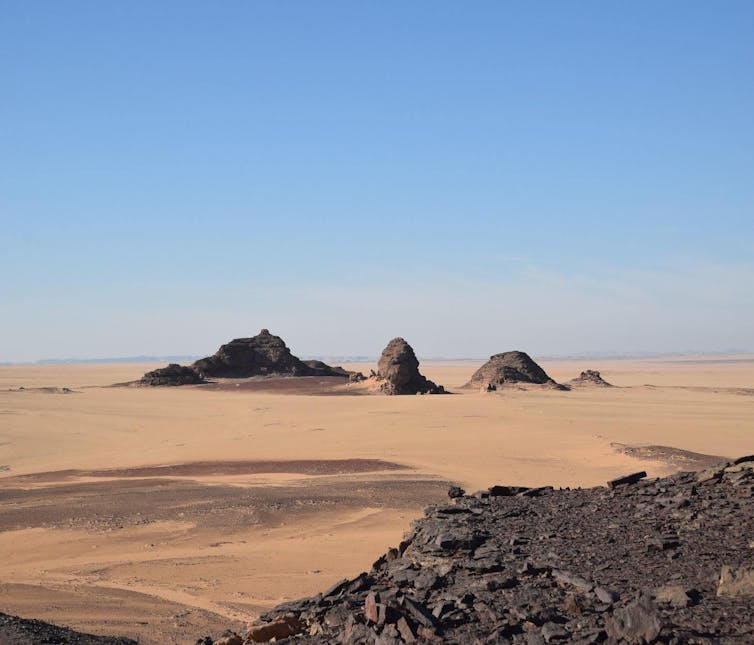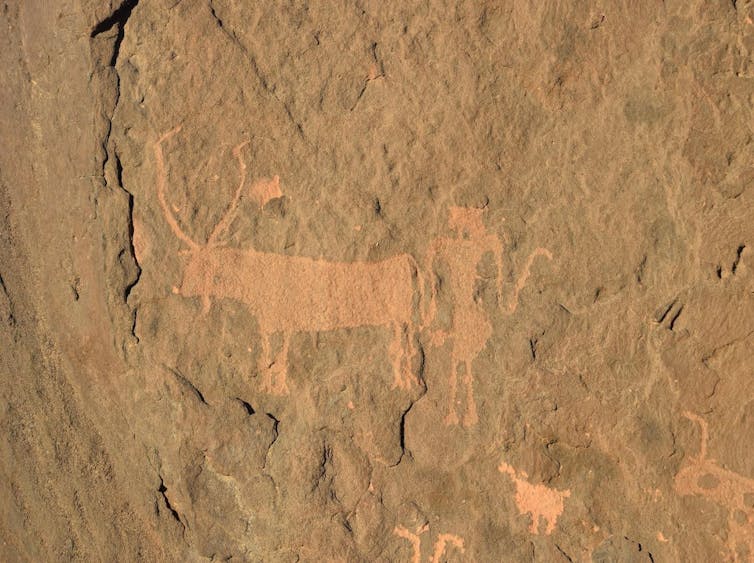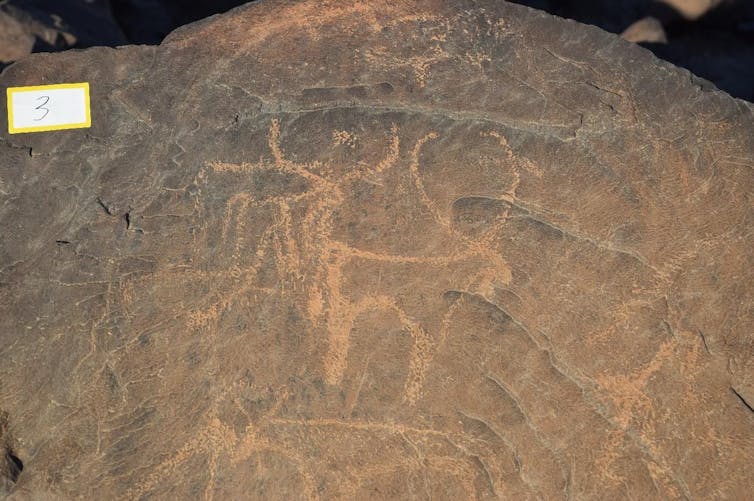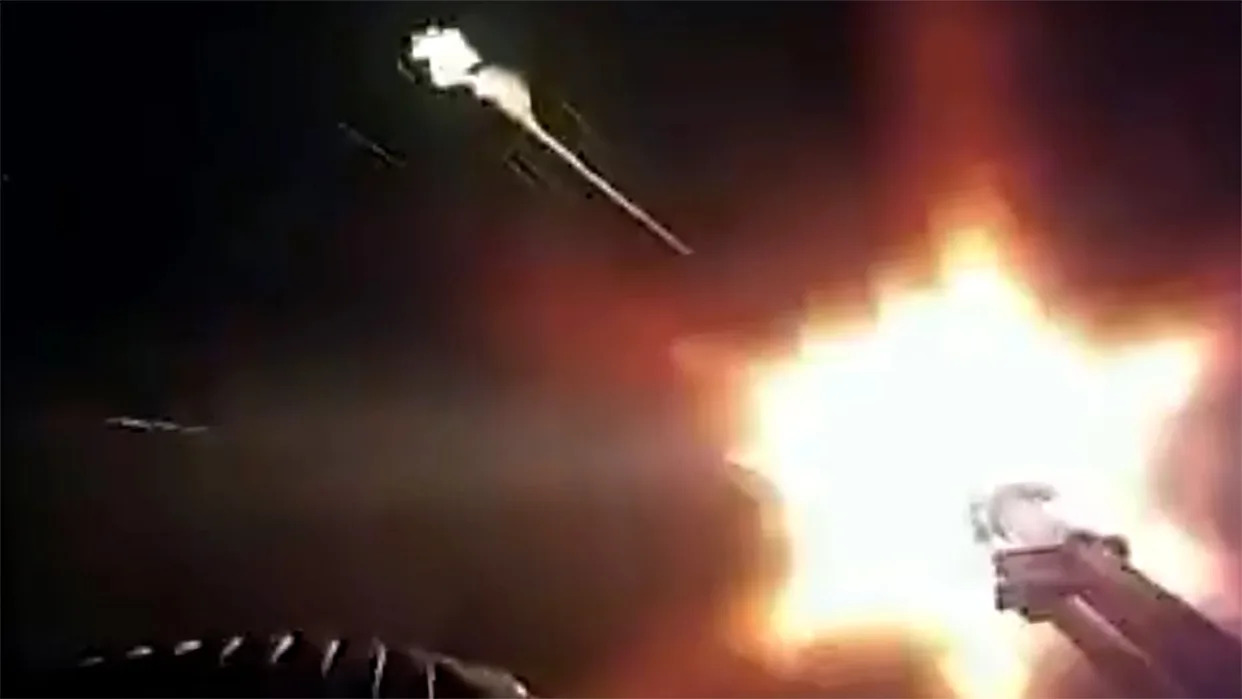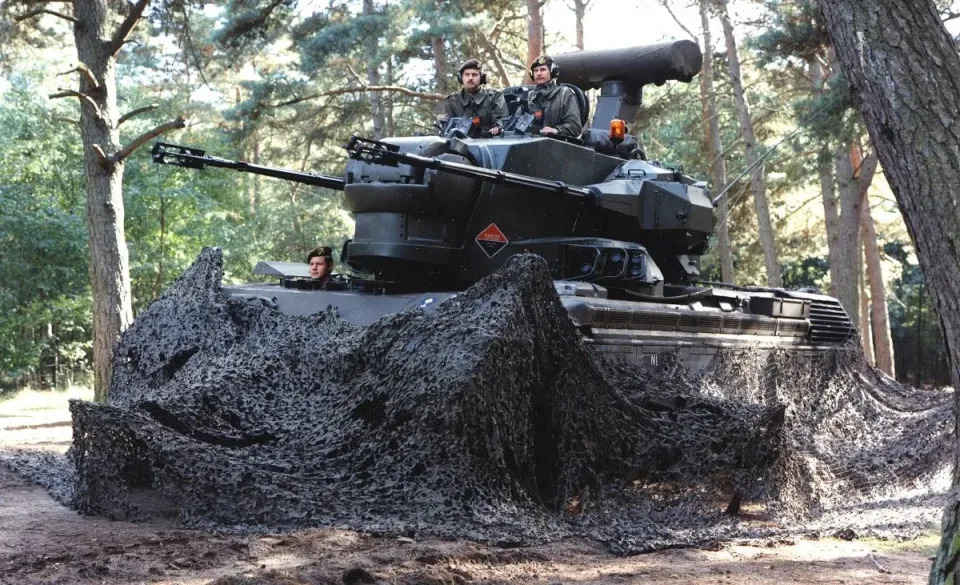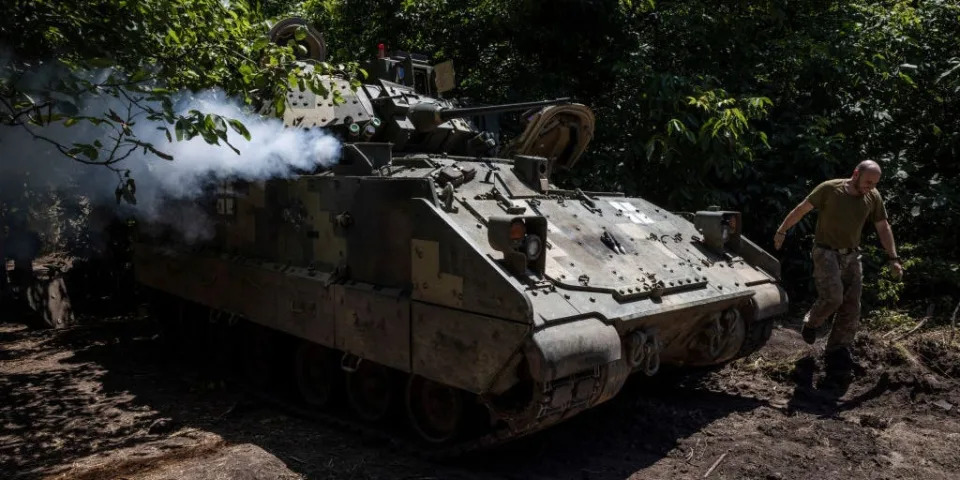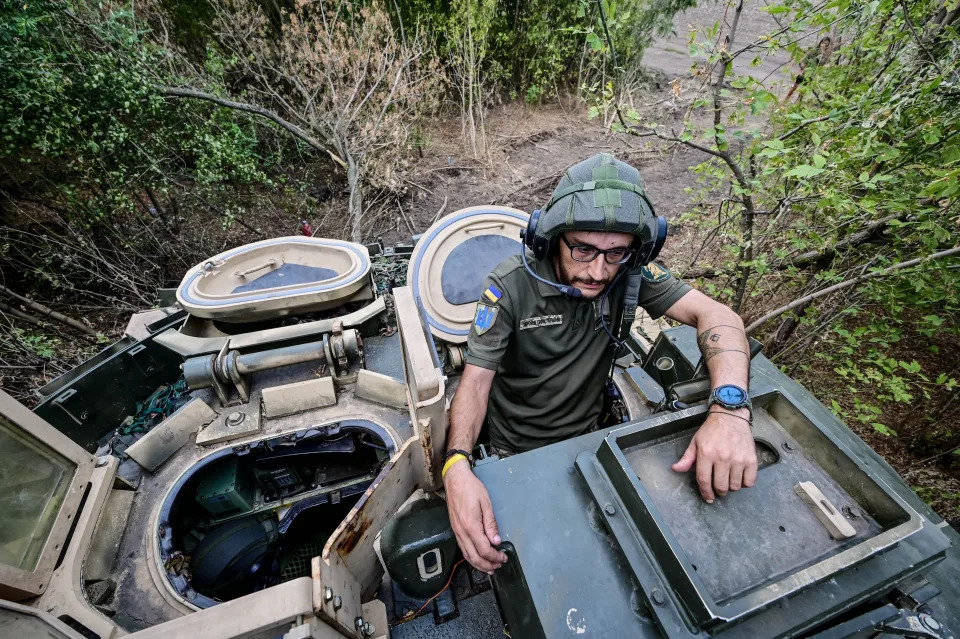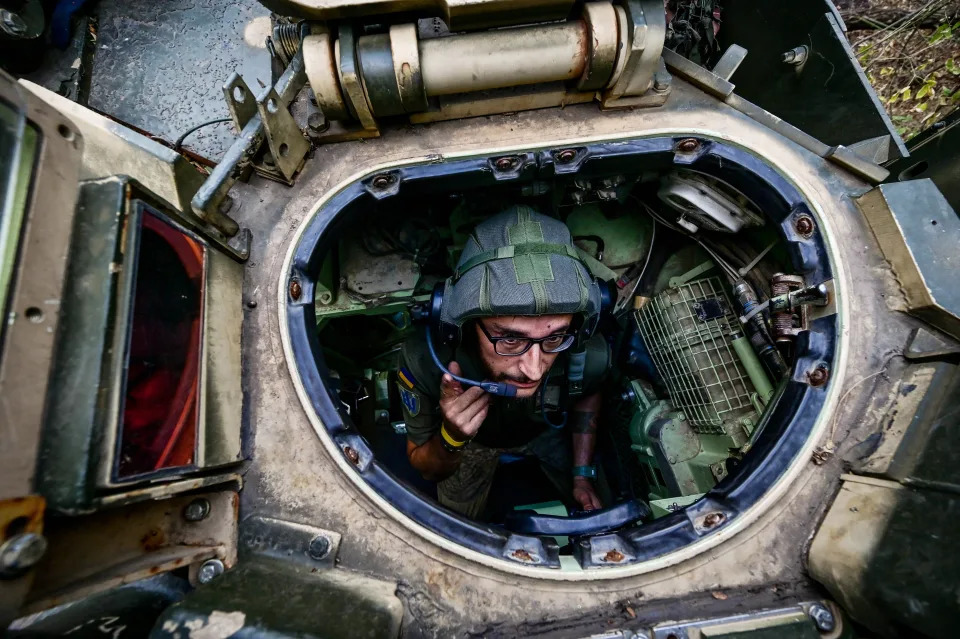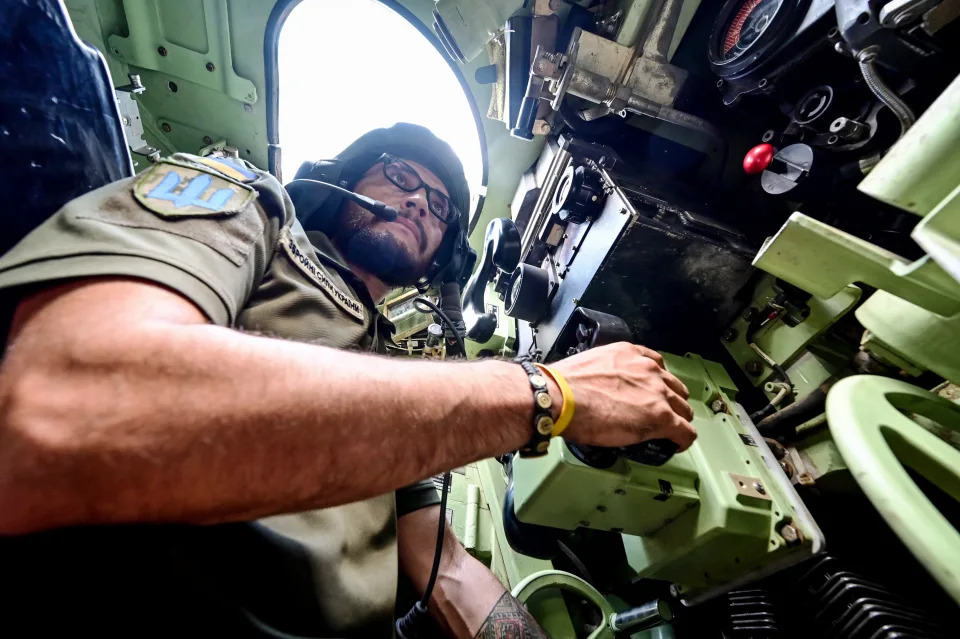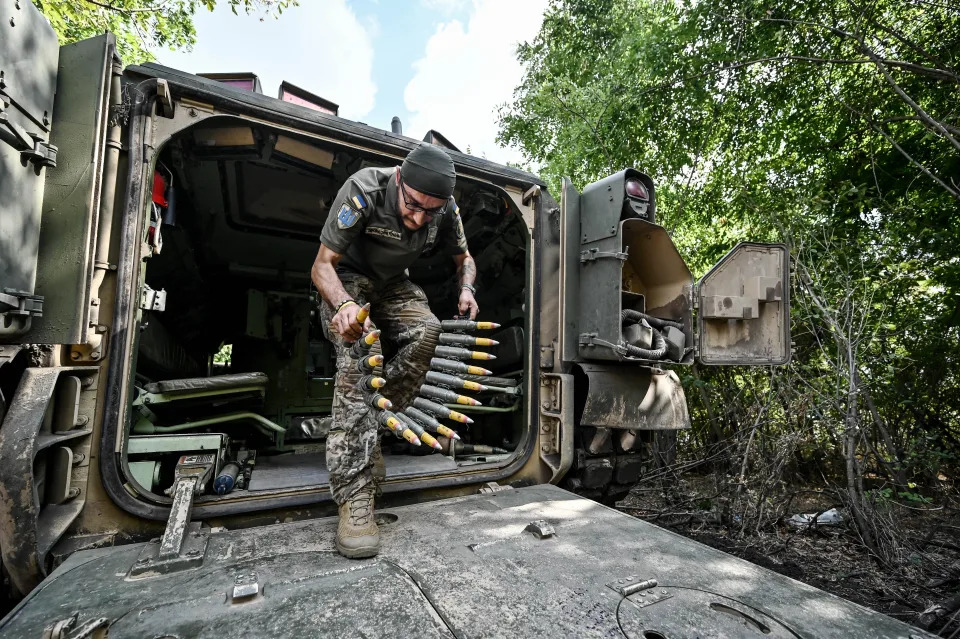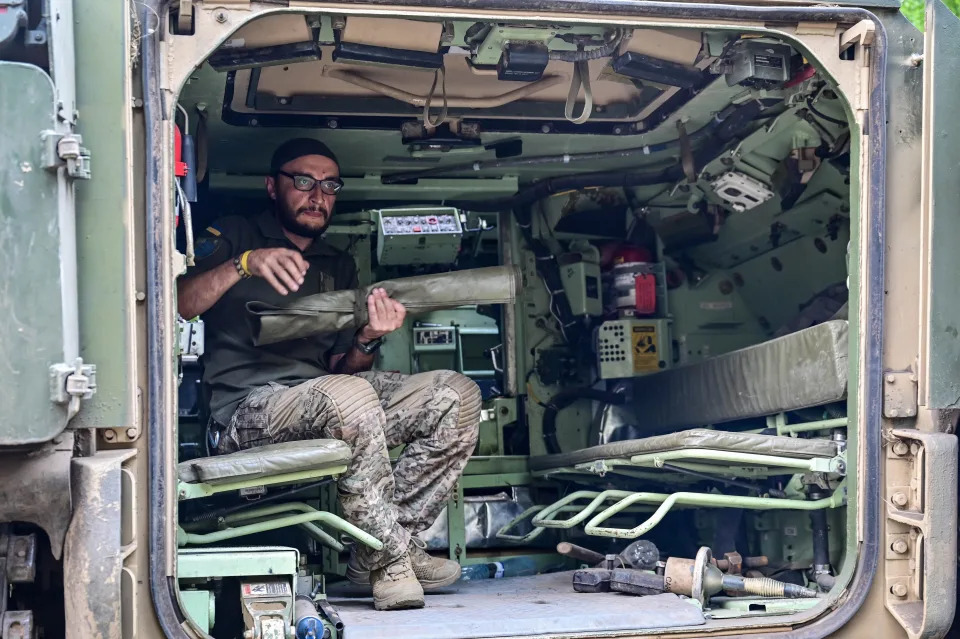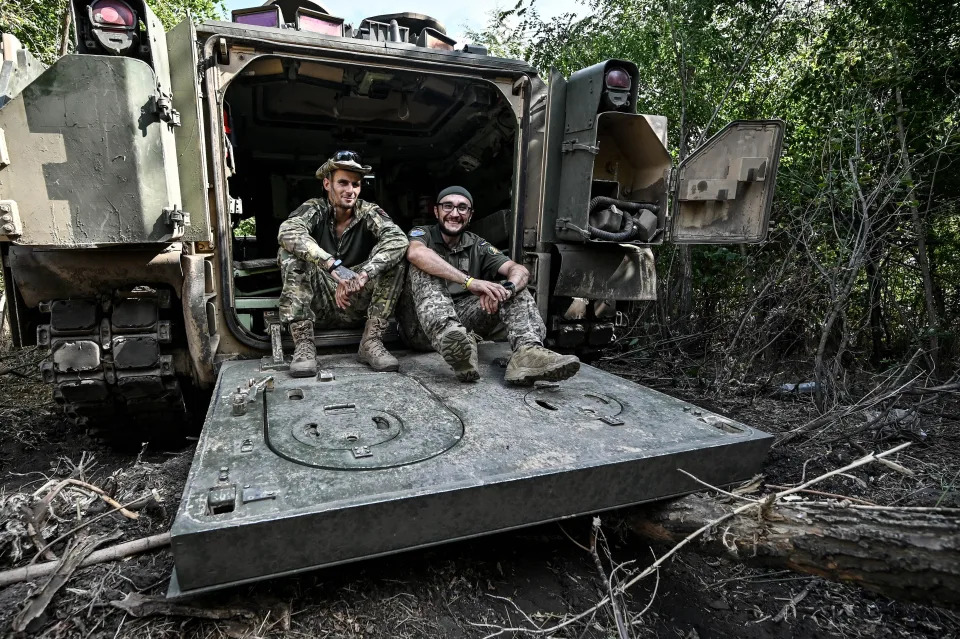PROVIDENCE, R.I. [Brown University] — Practicing mindfulness focused on healthy eating can be good for the heart, a new study shows, because it improves self-awareness and helps people stick to a heart-healthy diet.
When people who had elevated blood pressure participated in an eight-week mindfulness-based blood pressure reduction program for the study, they significantly improved their scores on measures of self-awareness and adherence to a heart-healthy diet compared to a control group. The results were published in JAMA Network Open.
“Participants in the program showed significant improvement in adherence to a heart-healthy diet, which is one of the biggest drivers of blood pressure, as well as significant improvements in self-awareness, which appears to influence healthy eating habits,” said lead study author Eric B. Loucks, an associate professor of epidemiology, behavioral and social sciences, and director of the Mindfulness Center at Brown University.
Loucks said the study helps explain the mechanism by which a customized mindfulness training program adapted toward improving diet can affect blood pressure.
“Improvements in our self-awareness, of how different foods make us feel, of how our body feels in general, as well as our thoughts, emotions and physical sensations around eating healthy as well as unhealthy food, can influence people’s dietary choices,” he said.
High blood pressure, a major cause of cardiovascular disease, is the single most important risk factor for early death worldwide, according to a recent report by the World Health Organization, leading to an estimated 10.8 million avoidable deaths every year. The important thing to note about those avoidable deaths, Loucks said, is that there is ample research supporting effective strategies to control and prevent hypertension.
“Almost everyone has the power to control blood pressure through changes in diet and physical activity, adherence to antihypertensive medications, minimizing alcohol intake and monitoring stress reactivity,” he said.
A heart-focused mindfulness program
The mindfulness-based blood pressure reduction program used in the study, which Loucks developed in 2014, trains participants in skills such as meditation, yoga, self-awareness, attention control and emotion regulation. What makes the program unique, he said, is that participants learn how to direct those skills toward behaviors known to lower blood pressure.
The MB-BP plan consisted of a group orientation session, eight 2.5-hour weekly group sessions and one day-long retreat, as well as recommended home practice for 45 minutes, six days a week. The program was led by trained instructors with expertise in cardiovascular disease etiology, treatment and prevention. Classes were held in Providence, R.I., at Brown University and at a health center in a lower-income, urban neighborhood.
The study compared two groups, totaling 201 participants. The 101 people in the test group were a part of the 8-week MB-BP program, which included personalized feedback and education about hypertension risk factors; mindfulness training of participants in relationship to hypertension risk factors (including mindful eating); and behavior change support. The “usual care” control group received educational brochures on controlling high blood pressure. Both groups received a home blood-pressure monitoring device with usage training, and options for referral to primary care physicians.
The researchers focused on participant adherence to the DASH (Dietary Approaches to Stop Hypertension) program, a balanced eating plan rich in fruits, vegetables, whole grains and low-fat dairy, intended to create a heart-healthy eating style for life. Despite its effectiveness, adherence to the DASH diet is typically low.
After six months, the mindfulness group showed a 0.34-point improvement in the DASH diet score. Loucks explained that this effect can be interpreted as equivalent for a participant shifting from a vegetable intake approaching recommended levels (2-3 servings) to recommended levels (at least 4 servings), or making similar shifts across another component of the DASH score. The control group showed a -0.04-point change in DASH diet score.
The mindfulness group also showed a 0.71-point improvement in the average interoceptive awareness (which is the process of sensing and interpreting signals from one's own body) score compared to six months prior, which outperformed the control group by a significant 0.54 points.
The authors said the trial results offer evidence that an adapted mindfulness training program for participants with high blood pressure that targets diet and self-awareness significantly improves both.
“The program gives participants the tools to make heart-healthy diet changes that can lower their blood pressure and decrease their risk of cardiovascular disease,” Loucks said.
The researchers are studying different “doses” of the program (for example, shorter program lengths, fewer sessions), as well as factors influencing the implementation of the MB-BP plan in a real-world setting — including eligibility for health insurance coverage, accessibility for different patient groups and flexibility for physicians.
Additional contributors from Brown University included Frances Saadeh, Matthew Scarpaci, Jeffrey Proulx, Roee Gutman and Willoughby Britton. The study was supported by the National Institutes of Health Science of Behavior Change Common Fund Program through an award administered by the National Center for Complementary and Integrative Health (UH2AT009145, UH3AT009145).
METHOD OF RESEARCH
Randomized controlled/clinical trial
SUBJECT OF RESEARCH
People
ARTICLE TITLE
Adapted Mindfulness Training for Interoception and Adherence to the DASH Diet A Phase 2 Randomized Clinical Trial
ARTICLE PUBLICATION DATE
2-Nov-2023
COI STATEMENT
Conflict of Interest Disclosures: Dr Kronish reported receiving grants from the National Institutes of Health (NIH) during the conduct of the study; and serving on the advisory board of the US Blood Pressure Validated Device Listing. Dr Gutman reported receiving grants from the National Center for Complementary and Integrative Health during the conduct of the study; and consulting for Lion Point Capital outside the submitted work. Dr Britton reported receiving grants from the NIH during the conduct of the study; receiving personal compensation from the Mindfulness-Based Stress Reduction program and from Mindfulness-Based Cognitive Therapy; and being the founder of Cheetah House outside the submitted work. No other disclosures were reported.









